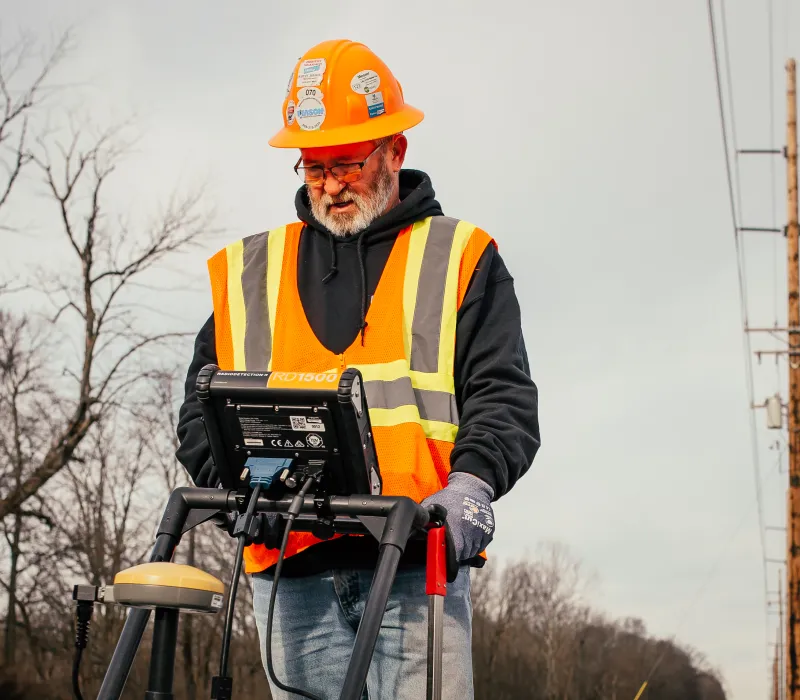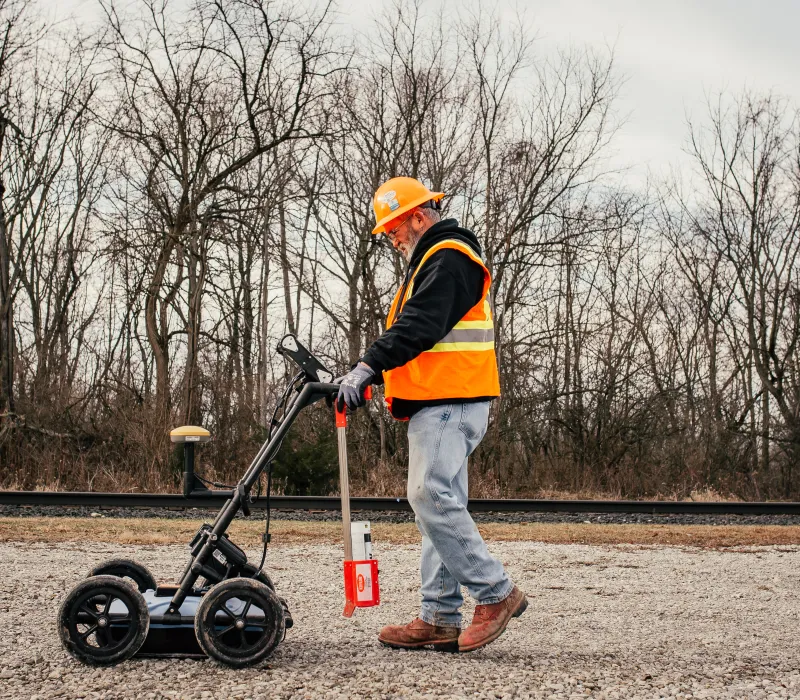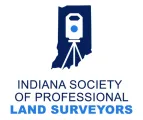Ground Penetrating Radar Services
Every project deserves a quality locate
Common Finds from using GPR
Since GPR is so accurate and reliable, many businesses, organizations, and government agencies use them for private utility locating, including airports, the automotive industry, factories, commercial construction, manufacturing industries, the military, municipal infrastructure, ports, power plants, refineries, and water treatment plants.
Plastic Lines & Pipes
Propane Lines & Tanks
Oxygen Lines
Low Voltage Wires
Irrigation Lines
Private Alarm Wires
Chilled Water Lines
Septic Tanks
GPR FAQs
What is Ground Penetrating Radar (GPR)?
MPL's GPR locating services work by sending a tiny pulse of energy into a surface via an antenna. The GPR's computer records the strength and time required for the return of any reflected signals. Subsurface variations will create reflections that the system picks up and stores on digital media. These reflections are produced by a variety of material such as geological structure differences and man-made objects like pipes and wire.
What does GPR find?
Underground utility lines and pipes, septic tanks, chilled water lines, private alarm wires, irrigation lines, low voltage wires, fire lines, oxygen lines, propane lines and tanks.
Is it safe to use GPR?
Many people question whether there is any danger for the person using GPR equipment, and the answer is no. Although "ground penetrating radar" may sound like a hazardous technique, it is extremely safe and emits roughly 1% of the power of a cellular phone signal.
How far down does GPR scan?
The depth range of GPR surveys is limited by the electrical conductivity of the ground, and the transmitting frequency. Optimal depth penetration is achieved in dry sandy soils or massive dry materials such as granite, where the depth of penetration is up to 50 feet. Often, direct measurements to buried objects are used to calibrate the depth estimates.
What is the difference between GPR and EM Locating?
GPR technology is more thorough in its detection and location as the technology discerns ground disturbances rather than the lines themselves. This means that it doesn't matter if the lines are metallic or nonmetallic. EM location, on the other hand, detects the EM signals produced by a flow of electrical current—only useful for identifying metallic lines and structures.
Can I see non-metallic subsurfacefeatures with GPR?
Our ground penetrating radar services are extremely accurate when it comes to locating metallic and non-metallic objects.
What are the limitations of using GPR?
There are limitations involved with any technology. During ground surveys, radar waves cannot penetrate through metal. Thus, if steel storage tanks are present on the site, GPR will not be able to see inside them, nor assess their condition. Further, objects behind steel may be obscured and thus not observable. A radar surveys performance is driven by the characteristics of the sensor, the targets, and the competing background clutter. An object may be observable at a shallow depth, but the same object may be invisible at a greater depth.
Can GPR be used to map cemeteries?
Yes. GPR is the best geophysical technique for forensic victim location and for the mapping of graves in cemeteries. While we can sometimes image the body directly, GPR responds well to the disturbances in the soil which are created when a pit is dug and refilled.

















